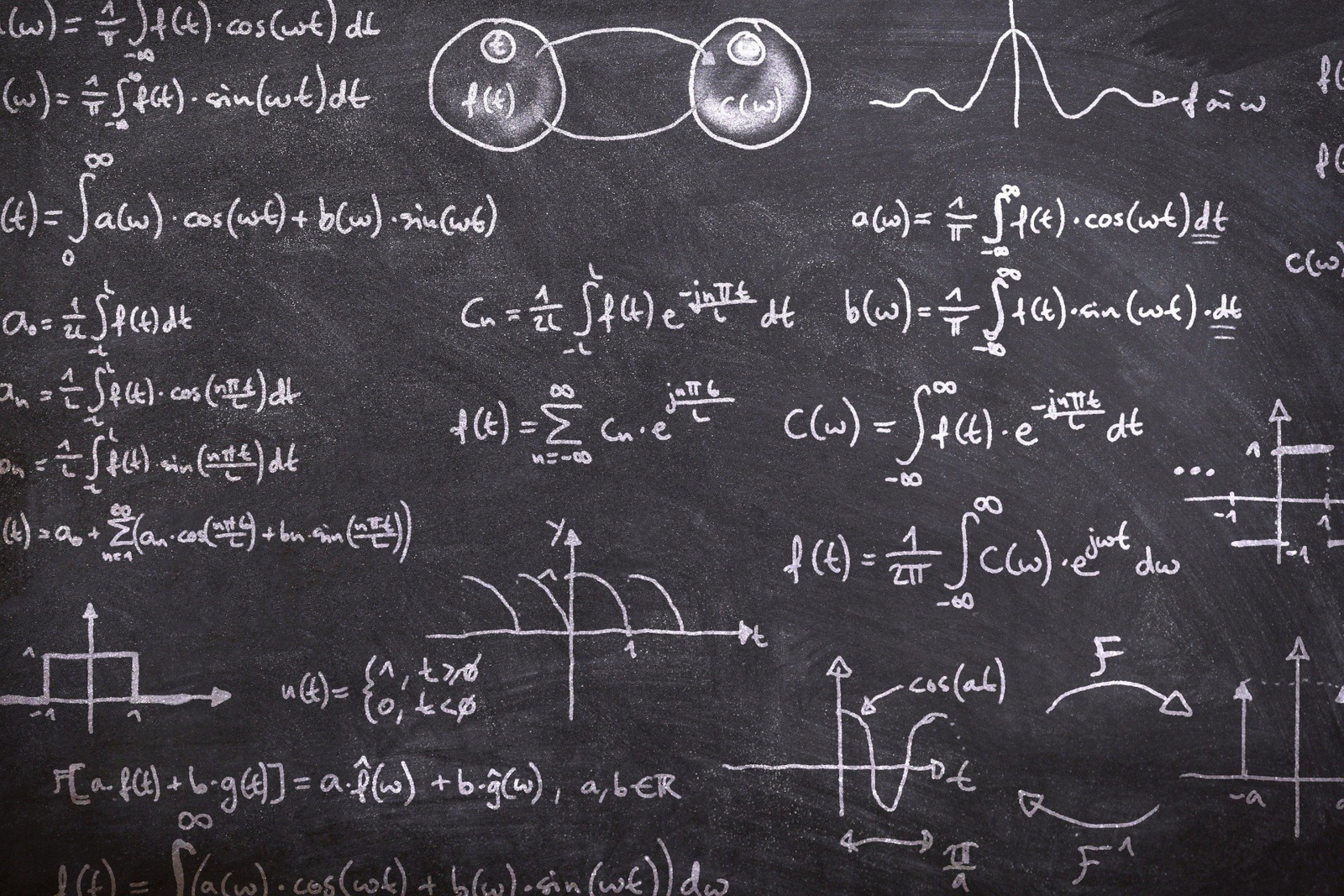Our mean value
The ratings of the jury
 Photo: Pixabay
Photo: PixabayIn jury tastings, the challenge is to bundle the ratings of the individual tasters into a mean value. The arithmetic mean proves to be insufficiently robust against outliers and leads to strong levelling effects, especially at the top of the rating scale.
At weinfreaks.de we therefore use a special mean value developed by us based on the median. In the following, we will explain to you with examples how we form it.
The median
From the tasters' ratings we determine the median M.
For an odd number of ratings given, M is the number that lies exactly in the middle in the sorted sequence of the ratings.
In our first example, we assume nine tasters and the following ratings.
| 14.5 | 16 | 14 | 14 | 14 | 15.5 | 14 | 15 | 15 |
We sort the ratings in ascending order. M is the number in the middle, fifth position. Here 14.5.
| 14 | 14 | 14 | 14 | 14.5 | 15 | 15 | 15.5 | 16 |
| ▲ | ||||||||
In our second example, let us assume eight tasters rated as follows:
| 13.5 | 14 | 14 | 14 | 15.5 | 15.5 | 15.5 | 15.5 |
In case of an even number of ratings, there is no middle position in the sorted sequence.
| 13.5 | 14 | 14 | 14 | 15.5 | 15.5 | 15.5 | 15.5 |
Here we consider the neighbouring positions instead, the lower median in fourth place and the upper median in sixth place, and form the arithmetic mean of both.
14.75 does not represent a permissible rating within our scale. Therefore, we round 14.75 to the nearest half point and obtain 15 as value for M.
| 13.5 | 14 | 14 | 14 | 15 | 15.5 | 15.5 | 15.5 | 15.5 |
| ▲ | ▲ | ▲ | ||||||
Compensatory justice
With an odd number of ratings and strongly polarising wines, M may be at a “jump discontinuity”. Example:
| 13 | 13 | 13 | 13 | 15 | 15 | 15 | 15 | 15 |
| ▲ | ||||||||
In this case, only one more taster would have to decide on the rating of 13 points and M would drop from 15 straight to 13 points.
| 13 | 13 | 13 | 13 | 13 | 15 | 15 | 15 | 15 |
| ▲ | ||||||||
We therefore form the arithmetic mean of M and its immediate neighbours in the sorted sequence.
| 13 | 13 | 13 | 13 | 15 | 15 | 15 | 15 | 15 |
| ▲ | ▲ | ▲ | ||||||
Finally, this arithmetic mean is rounded to the nearest half point. In this case 14.5. We denote the result by Mmod (modified median).
If the number of ratings is even, the “jump discontinuity effect” cannot occur in the same way because the median is already derived from an arithmetic mean. We therefore define in this case Mmod := M.
In our jury tastings, up to and including 2020, we used the median M as mean value. Since 2021, the jury's wine ratings have corresponded to the mean value Mmod.